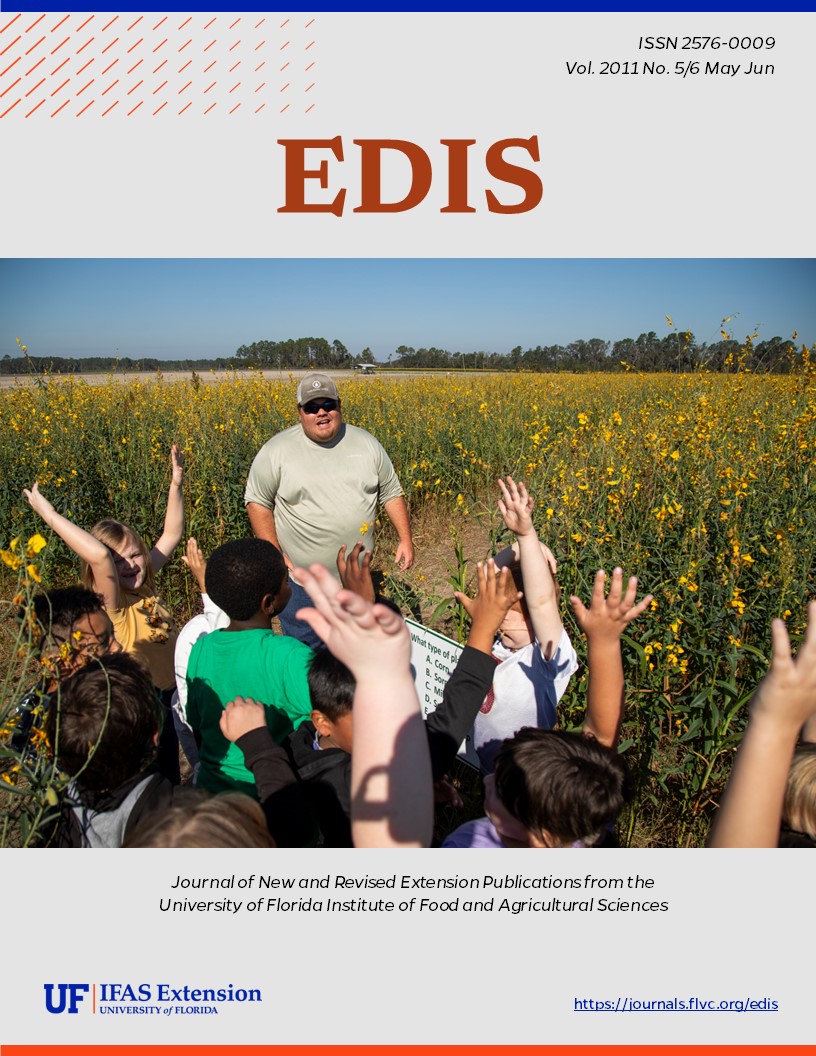Abstract
Common ragweed is a successful pioneer species widely distributed throughout the continental United States. In cultivated fields it will compete with crops for light, moisture, nutrients, and space and will result in significant yield losses. Additionally, allergenic airborne pollen from common ragweed is a primary cause of hay fever and thus a public health concern. This 3-page fact sheet describes the life cycle of the plant and provides management recommendations. Written by D.C. Odero, B. Sellers, and J. Ferrell, and published by the UF Department of Agronomy, April 2011.
SS-AGR-346/AG356: Biology and Control of Common Ragweed along Ditch and Canal Banks (ufl.edu)
References
Buttenschon, R. M., S. Waldispühl, and C. Bohren. "Guidelines for Management of Common Ragweed, Ambrosia artemisiifolia." Accessed April 10, 2011. http://www.agrsci.dk/ambrosia/outputs/ambrosia_eng.pdf.
DiTommaso, A. "Germination behavior of common ragweed (Ambrosia artemisiifolia) populations across a range of salinities." Weed Science 52 (2004):1002-9. https://doi.org/10.1614/WS-04-030R1
Heap, I. "International Survey of Herbicide Resistant Weeds." Accessed April 10, 2011. http://www.weedscience.org/In.asp.
Jordan, T., G. Nice, R. Smeda, C. Sprague, M. Loux, and B. Johnson. "The Glyphosate, Weeds, and Crop Series - Biology and Management of Common Ragweed." Accessed April 10, 2011. http://www.extension.purdue.edu/extmedia/BP/GWC-14.pdf.
Uva, R. H., J. C. Neil, and J. M. DiTomaso. Weeds of the Northeast. Ithaca: Cornell University Press, 1997.
Wilson, R. G. and J. Furrer. "Where do weeds come from?" University of Nebraska-Lincoln Cooperative Extension, G86-807-A (1996).

